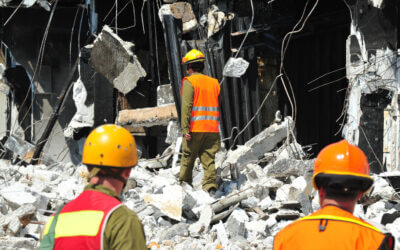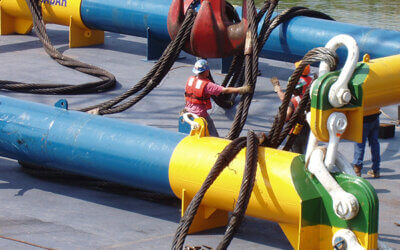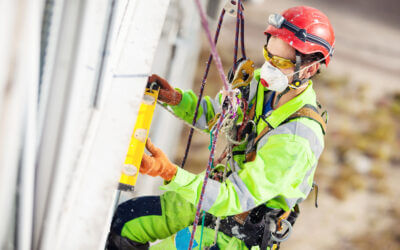In the rigging industry, there are a variety of relevant associations that set standards, and specific requirements may vary from region to region. In addition, different types of jobs and rigging equipment may come with unique safety requirements. If you’re interested in working in the lifting and rigging industry, or need to complete fall protection or rigging courses, then there are a few standards organizations you should know about, including OSHA, ASME, and NEC.
The Occupational Safety and Health Administration (OSHA)
OSHA is perhaps the best-known workplace safety organization in the United States. Officially, it’s part of the U.S. Department of Labor. OSHA helps set standards to keep a wide variety of workers safe on the job, from office workers to truck drivers. Each state develops its own health and safety standards, which are then overseen by OSHA. However, OSHA does set some federal standards. One federal OSHA standard limits the arrest distance to six feet, with few exceptions.
In addition, OSHA fields complaints about workplace safety and issues more specific guidelines.
Some OSHA guidelines are general, like the agency’s three step process for preventing falls (plan, provide, train). Others guidelines are more specific. For example, fall arrest systems should be tested with a weight of about 300 pounds.
The National Fire Protection Association and the National Electric Code (NFPA and NEC)
The NFPA is the American agency responsible for issuing standards and safety codes relating to fire protection and prevention. Like many other such agencies, the NFPA also conducts original research into the science of fire safety. The NEC specifically deals with electrical safety, and issues standards designed to protect workers who deal with electrical systems and wiring.
The American Society of Mechanical Engineers (ASME)
While organizations like OSHA are a part of the federal government, ASME is a professional association that also helps set standards and codes for certain professions and equipment. In the rigging industry, ASME B30.26 “applies to the construction, installation, operation, inspection, and maintenance of detachable rigging hardware, including rigging equipment like “shackles, links, rings, swivels, turnbuckles, eyebolts, hoist rings, wire rope clips, wedge sockets, rigging blocks and load indication devices.”
Many workers in the rigging and lifting industries will be required to complete certain certification courses. Managers may be required to complete Competent Person fall protection courses, while additional rigging certification may be required for individual workers.






0 Comments